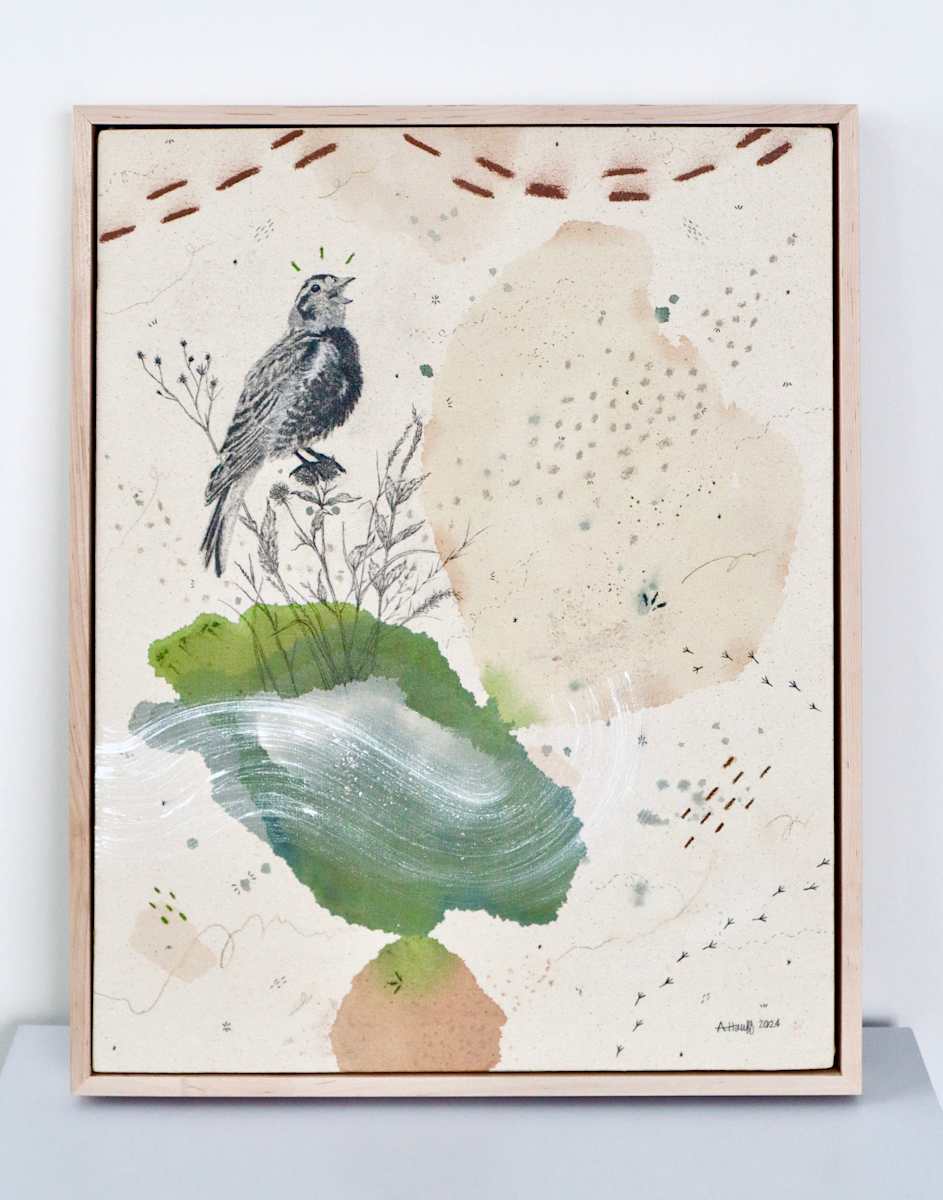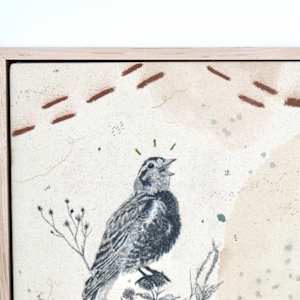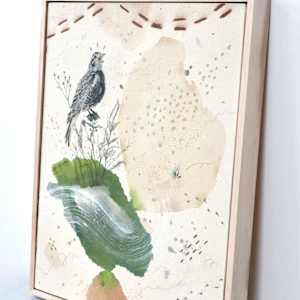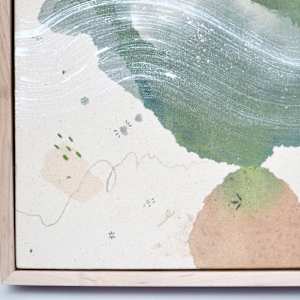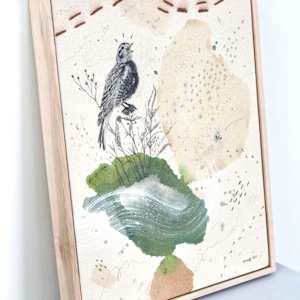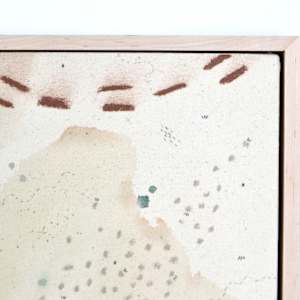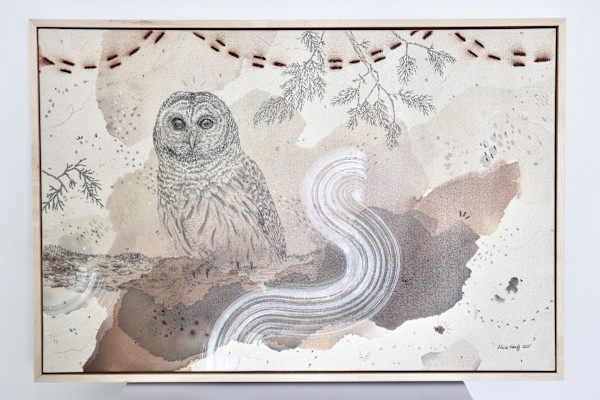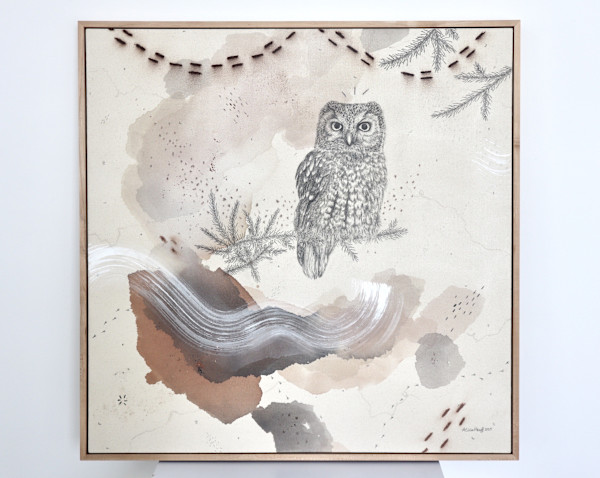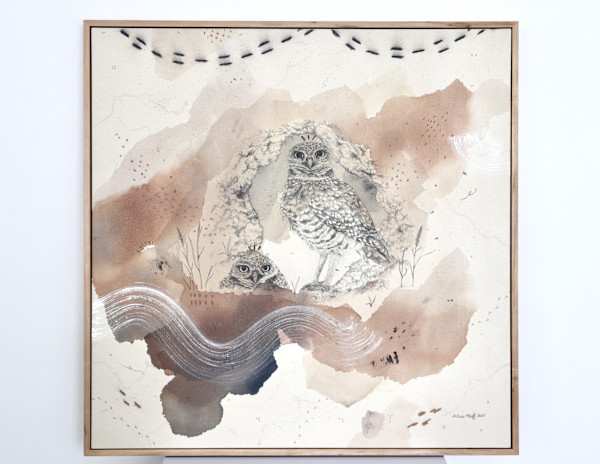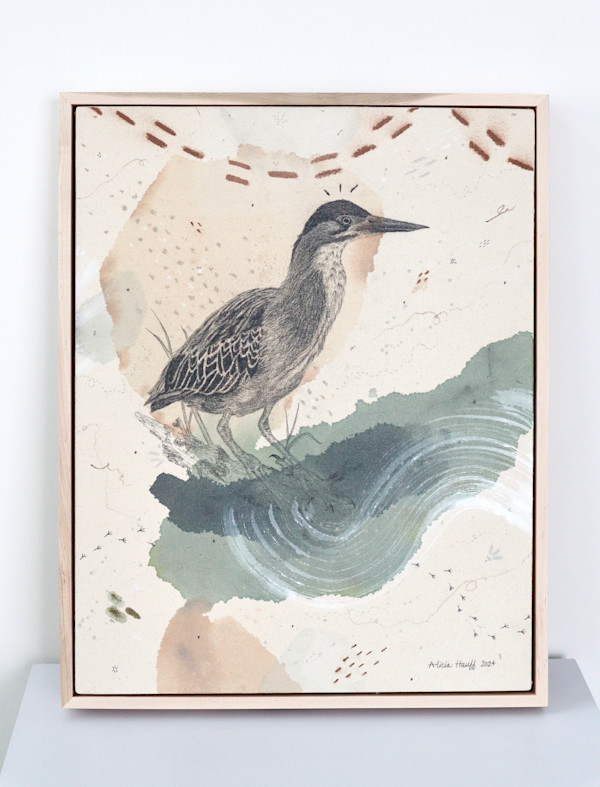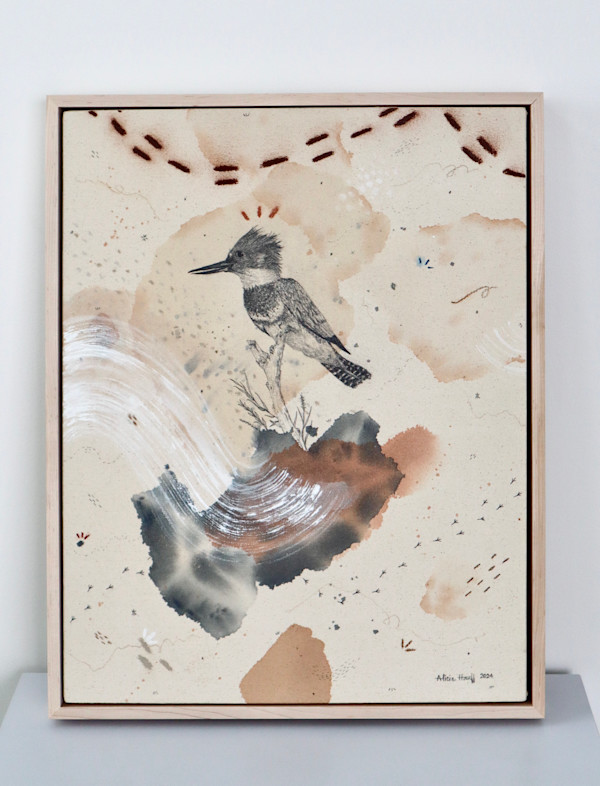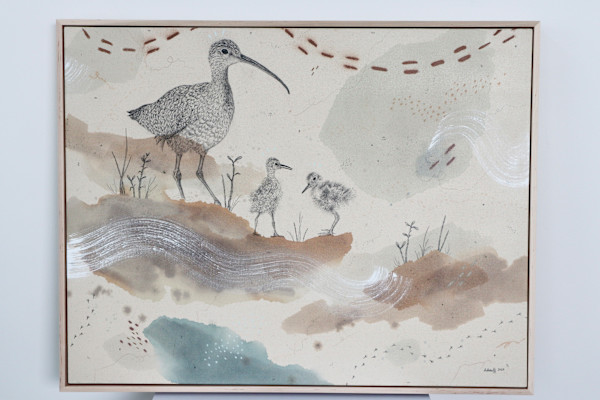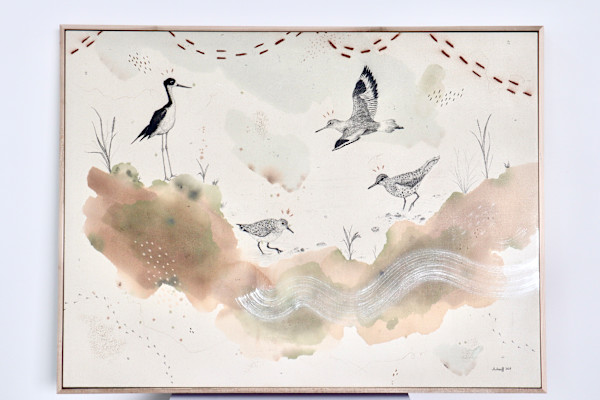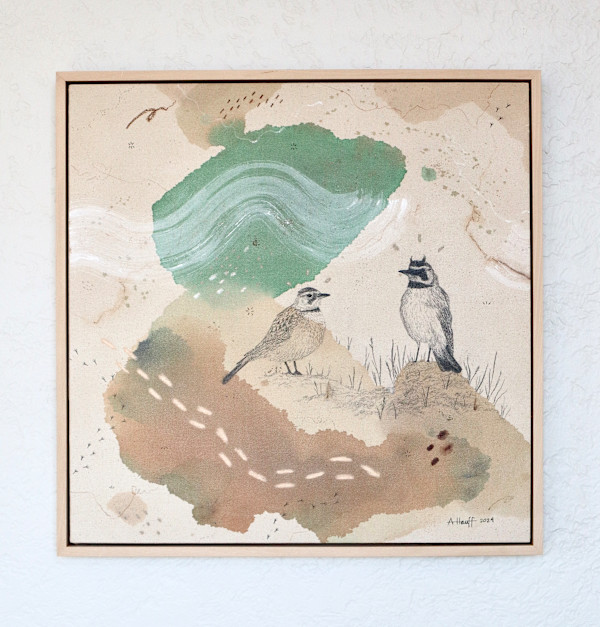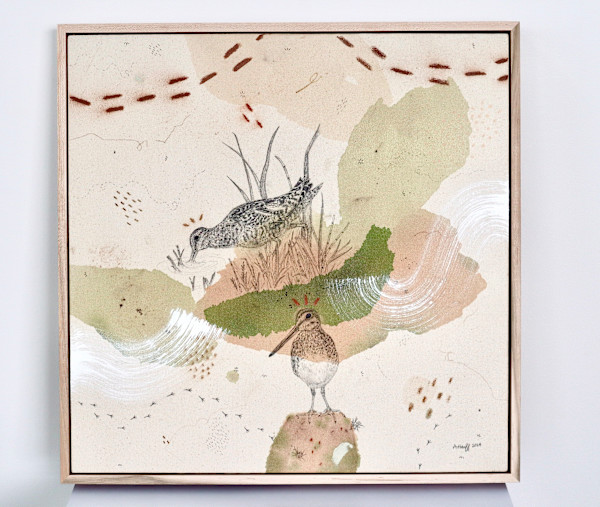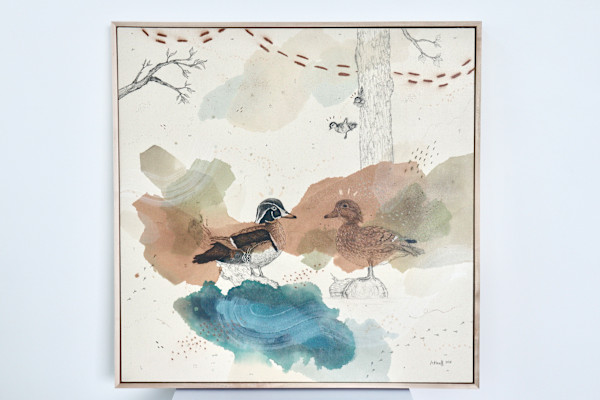This sparrow-like bird is tied to the native shortgrass prairie grasslands. Historically, Chestnut-collared Longspurs bred in areas grazed by bison or burned by wildfires. In modern times, they can be found where livestock graze, as well as in other areas with very low vegetation, such as cattle pastures and mowed airstrips.
Breeding males show off a bold black and white coloration with a chestnut nape, and perform flight displays up to 50 feet in the air to attract a female mate. The name “longspur” refers to the elongated claw of the hind toe. Females have a buffy, streaked coloration, which males share in the wintering season.
Females’ nests are depressions in the ground lined with grasses near slightly taller vegetation (and a cow pie or two to likely keep predators away). A clutch is typically 3-5 eggs, with 2 to 3 broods per season. Pairs are mostly monogamous until they flock with other longspurs to migrate south to desert grasslands for the winter.
- Subject Matter: Songbird
- Collections: "Songbirds of the Prairie"

